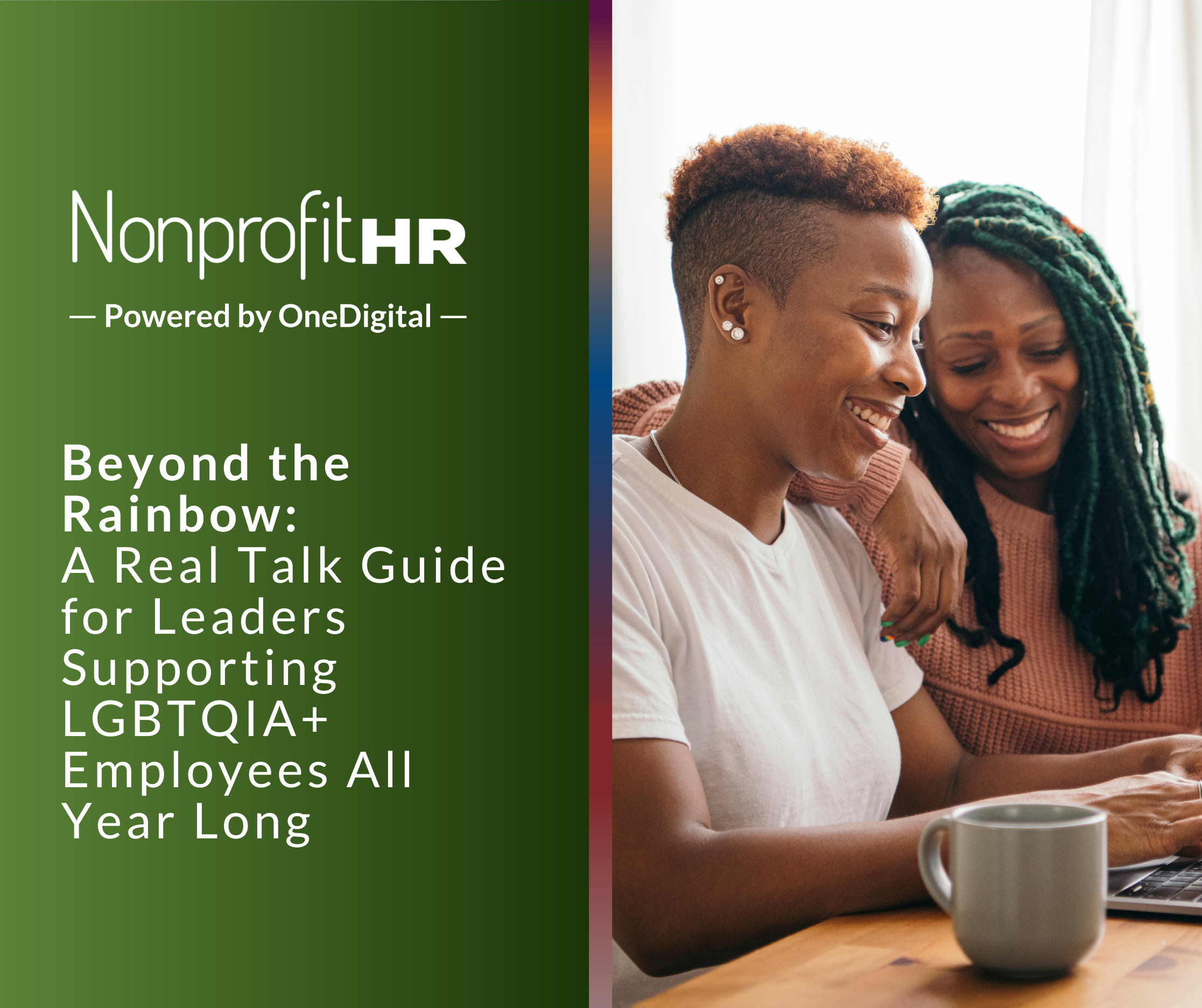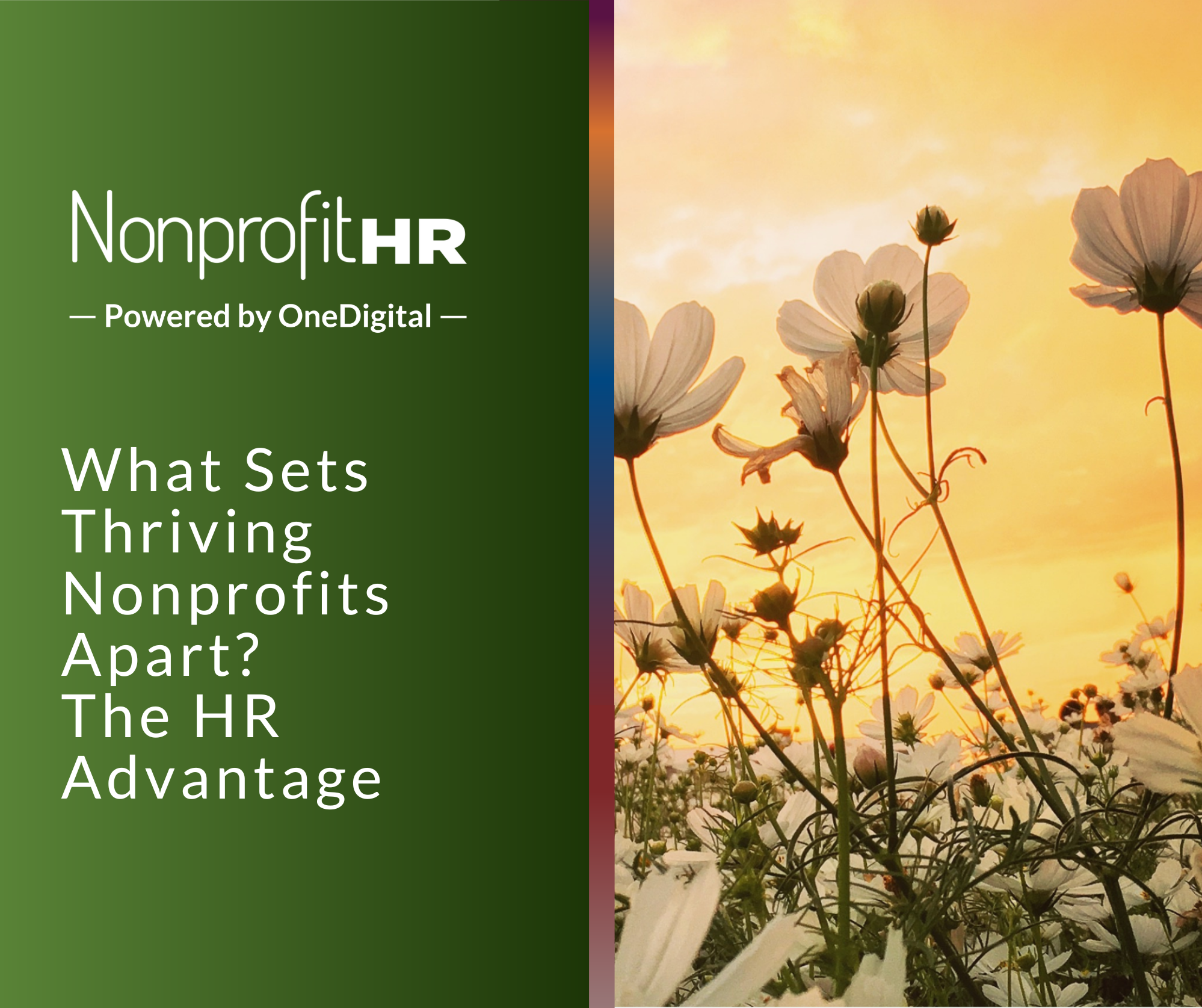WTOP: 5 ways nonprofits can…
Contributing Author: Sophia LaFontant, CSP
If a nonprofit’s mission is the fire, mission-driven professionals are kindling to its flame; they are vital to the existence and progress of its blaze. However, working toward a critical, and often complex, cause every day can take a toll on one’s health — physical, mental and emotional. It is especially important for those in the social sector to be intentional about their well-being in order to continue to serve their mission.
As a yoga instructor, I’ve learned there are many components to wellness. In this article, I’ll overview small ways, based on these principles, you can build wellness into your remote workday to perform your best for the communities you serve. Consider the following elements that contribute to overall well-being and how they could benefit you in this moment.
Please note that these are by no means a blanket solution, and I encourage you to research the principles of yoga to learn more about the cultural practices these recommendations are based upon.
Movement (Related Principle: Asana)
Movement is one aspect of wellness that can easily be infused into your day. I have hosted breathwork and yoga sessions for staff at Nonprofit HR, and I like to incorporate chair yoga, or simple movements that can be done at your desk. These small movements relieve the stress put on your muscles, and mind, in order to set you up to do your best work.
Carpal tunnel is a real thing. Focus on how your hands and wrist feels throughout the day, and take breaks to stretch your hands and wrists to relieve some tension. Your neck movements are also important. If your computer is directly in front of you, best practice is to look up and away to adjust your neck higher than it normally is throughout the day.
Standing is also a good place of movement. I switch between a comfortable chair in my office and my desk, which requires me to stand up. If you have a walking pad, that is a great option as well. Do what you can to switch up your placement for certain portions of your day.
Environment (Related Principle: Shoucha)
While movement is incredibly beneficial, wellness extends beyond your physical body into your environment. For example, you may have children at home with you, which makes relocating, going for a walk or other physical movements unaccessible. If this is the case, the best option is to take your eyes off the screen and look at something else that is in a different light. Sunlight is ideal, but it is also beneficial to simply seek out another type of light to give your eyes a rest.
As well, how do you feel when you are in your work space? Consider what you can do to cleanse and create sanctuary. This could be playing a sound bath from Youtube (which raises the frequency of the space and your internal nervous system through sound), burning palo santo or whatever you need around you to have a comfortable thinking or speaking environment. This also might be having water, tea or your favorite blanket/sweater at your desk with you.
Breath (Related Principle: Pranayama)
If you are unable to leave your office and need a moment to recenter yourself, there are various breath techniques to calm your nervous system.
Try setting a timer for five minutes to breathe quietly and really feel the vibration of your breath. This is a good technique for raising your emotional frequency to a higher vibration. This can be especially helpful after you’ve had a difficult conversation or before a big meeting you’ve been preparing for. To do this, start by contracting the muscles of your perineum and abdomen and keeping them contracted while you breathe through to your head. Then, breathe down into your abdomen while maintaining these contractions. This type of breathing closes up your sacral chakra and solar plexus area. This allows you to close off the survival part of your body and only focus on the fulfilling, gratitude, joyful and contentment parts of how your mind processes. It’s a physical way of tapping into the good of your mind.
Explore how it feels to take a moment in between meetings and appointments to breathe deeply, using techniques such as box breathing, alternating nostrils, cooling breath, etc. Notice how you feel before and after. These breathing meditations can help in visualizing your goals or calming you before/after a tough conversation.
Boundaries (Related Principle: Satya)
Beyond that, if your house isn’t quiet enough or you don’t have a lot of quiet moments during the day, another way to release some stress is by intentionally blocking time on your calendar for non-negotiables, such as lunch.
Blocking off lunch is advantageous to those who need to have balance. Perhaps you would feel your best by scheduling a 30-minute block for you to get up and take a walk or benefit from a 10-minute block where you can sit and breathe in silence before jumping into your next project. Setting boundaries as a remote employee is essential to creating moments of mental rest, maintaining a healthy work-life integration and holding yourself accountable.
For example, I only communicate through my work phone with clients and candidates during work hours. I set a personal boundary that I do not work after those hours. If I do need to work late and send a message, I will delay the delivery in order to set a precedent of the times that I am available to communicate. As well, my Calendly is set up to have 20-minute breaks in between any interview that I have. This automatically works in breaks throughout the day to prevent feeling rushed if a meeting or interview runs longer or to allow me a moment to clear my mind and look out the window.
The most important thing is to set boundaries where you can because in other places, you can’t necessarily create those boundaries. In all cases, feel empowered to control what you can and accept what you can’t.
How to Unplug, Recharge and Re-Engage
In addition to scheduling break time during your workday, schedule something exciting for yourself after work! You have all the time for your work duties and responsibilities because you’ve scheduled them. Approach your time to engage in fun activities away from work the same way. Block your calendar for that thing that excites you. This will ensure you create intentional time and space to step away and maintain healthy work-life integration.
Find ways to lower the stressful parts of work by taking hold of your schedule. Schedule in rest. If you are an introvert, but are in meetings all the time or on the phone, maybe you need to recharge by having nothing around you and being with yourself in empty space. For example, on Fridays, I do not take interviews or meetings. I cannot function if every single day I’m doing that kind of extroverted work. So Friday is my day to focus on admin things. As an introvert and being someone who has to present to people, there’s a lot of anxiety in that for me so if I don’t find ways to lower that stressful part, I will feel uncomfortable and not work my best or show up my best.
Another thing that I do is make Thursdays my only client-facing days, because how I show up for clients is different from how I show up for candidates and colleagues. So for the whole day, I’m back-to-back presenting to clients, and it works. They know I will check in with them every week. From their perspective, they are getting the attention they need and from my perspective, I’m able to show up in a way that is my most productive and full self because I’m able to prepare myself. It makes the week a lot easier because I’m able to show up consistently.
For those struggling with taking power of their schedule, communication is key. I know someone who communicated to their supervisor that although the supervisor worked best making last-minute requests, that person didn’t work well that way. It’s important to communicate how you function best and can produce work to the best of your ability. And if they can’t meet you with 72 hours of notice, they need to give grace that it won’t be to the best of your ability. Communicate: “I am able to give you my best work when ___, but if that is not possible for you, if you could give me grace when you need ___.”
Advice to Leaders
Leaders must move with grace in their expectations. Look at an employee for the entirety of their work and intentions. Everyone has a bad day or moment because life does not stop outside of work and sometimes work itself can be difficult; there are busy seasons. If leaders approached conversations and evaluations with grace, it allows space for staff to be honest about their professional development and accountable to their goals.
At work, we should be encouraged to show up as our true selves, which is related to the principle of satya. Question how you are currently operating and how you can better show up for yourself. Find out what works for you and then set your boundaries accordingly. Yoga is not about herd mentality or groupthink. It’s about what serves your individual purpose and using that to serve and take care of others.
Contributing Author
Sophia LaFontant, CSP
Consultant, Search
Impact Search Advisors by Nonprofit HR
Email Sophia: [email protected]
View Sophia’s bio.






























